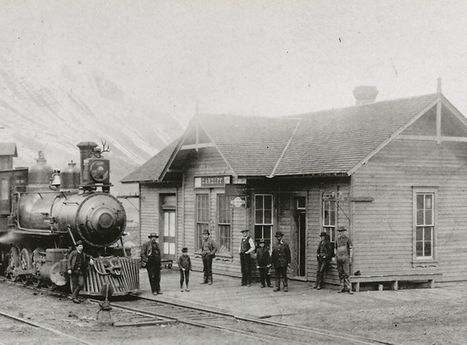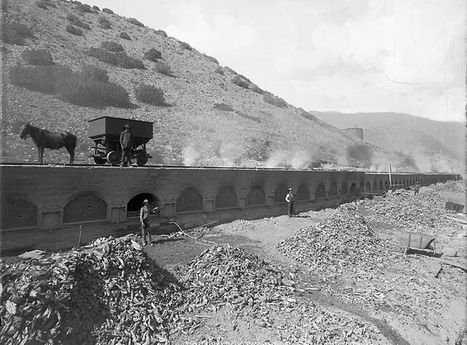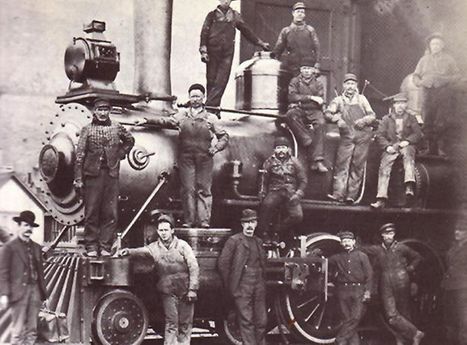Projects
Projects
Rediscovering the Past: Current Projects of the Glenwood Springs Historical Society
As part of our mission to preserve and promote the unique history of Glenwood Springs, the Historical Society is currently working on several exciting projects. One current project is the digitization of our extensive historical photograph collection, allowing for easier accessibility and preservation. Another project is the renovation of the museum’s exhibits, ensuring that they accurately showcase the history of Glenwood Springs in an engaging and educational way. Stay tuned for more updates on current projects and how they aim to connect the present with the past.
Preserving for the Future: Future Projects of the Glenwood Springs Historical Society
To continue to honor the unique history and culture of Glenwood Springs for future generations, the Historical Society is always planning new projects. One future project is the development of an interactive virtual visit to Glenwood Springs’ historical sites for those who may be unable to visit in person. Another project includes initiating area tours to highlight significant historical sites that are in need of preservation work. With these forward-looking projects, the Historical Society is committed to ensuring that the city's history is available to those who want to explore it, now and in the years to come.
The Cardiff Coke Ovens

Colorado Midland Railroad depot. (Photo from Dan Abbot collection used with permission.)

Looking north toward Glenwood Springs where the Colorado Midland Railroad cars loaded coal onto horse-drawn carts across tracks located on top of the ovens. Coal then dropped into the ovens through an opening where it was ignited. The doors in front controlled access to the finished product—coke, a fuel that burned hotter and cleaner than coal and is shown in piles awaiting shipment on the Colorado Midland RR tracks which are to the right and out of picture (photo by William Henry Jackson, courtesy History Colorado-Denver, Colorado; negative 86.200.7052)

Cardiff engine house crew with Colorado Midland engine. (Photo courtesy of William Reich.)

View of Cardiff to the northeast toward Glenwood Springs (courtesy History Colorado-Denver, Colorado; photograph number 87.41.46).
Why Cardiff?
In September of 1887, the Grand River Coal and Coke Company selected Cardiff, four miles south of Glenwood Springs, for their coal coking ovens. The coal for the ovens came from mines to the south at Marion, Spring Gulch, Jerome Park and Sunlight—places now all but erased from the face of the earth. By December, the town site was established, and the Colorado Midland Railroad was built to Cardiff. That same year the first 50 brick coke ovens were constructed. In January of 1888, the first coal was delivered, and the ovens fired.
What do silver and coal have in common?
In the 1880’s, silver ore mined near Aspen could not be smelted without high-quality bituminous coal which is “coked,” or heated to extremely high temperatures in beehive shaped ovens to remove impurities.
Steel making also requires coked coal.
Here Yesteryear, Gone Today
Cardiff, named after Cardiff, Wales grew into a thriving community of 402 people with miners from as far away as Italy and Wales. It had employee houses, two bunkhouses, a school, hotel, several mercantile establishments, a four-stall engine house, a section house, blacksmith shop, cattle pens and a wye. Imagine the incandescent glow of the ovens at night with smoke continually shrouding the community.
Colorado Fuel and Iron Company (C.F. & I.) dominated the region’s coal mining industry and took over the ovens in 1892, producing 65,000 tons per year by 1895. Coke production remained strong into 1900 but demand fell steadily until 1915 when the ovens were closed for good. The closure caused the decline of the town, little of which is left today.
In 1934, the town site and ovens were purchased by George Sumers, a New York investment banker. George built his summer home, a large log lodge, near Cardiff, using stone from the coke ovens for the lodge’s foundation and fireplace. The entrance to Glenwood Park’s homes to the north of Cardiff was also built from the oven’s stone facing as seen in the photo below.
The march of progress has destroyed most of the 249 ovens. Thanks to donors Kenneth Balcomb, Robert Delaney and Pete Waller the Glenwood Springs Historical Society owns the remaining 50 ovens which are on the National Register of Historic Places.
PHASE ONE OF OUR COLORADO STATE HISTORICAL GRANT FUND
Phase I of the Cardiff Coke Ovens Stabilization Project was awarded $34,930 on November 1, 2022 from History Colorado's State Historic Fund for Planning and Preservation, Stabilization Documents, Vegetation Removal, Erosion Control and Interpretive Signage.
Want a Tour?
Interested in bringing a group by for a tour of the museum? Let's set up a date!
